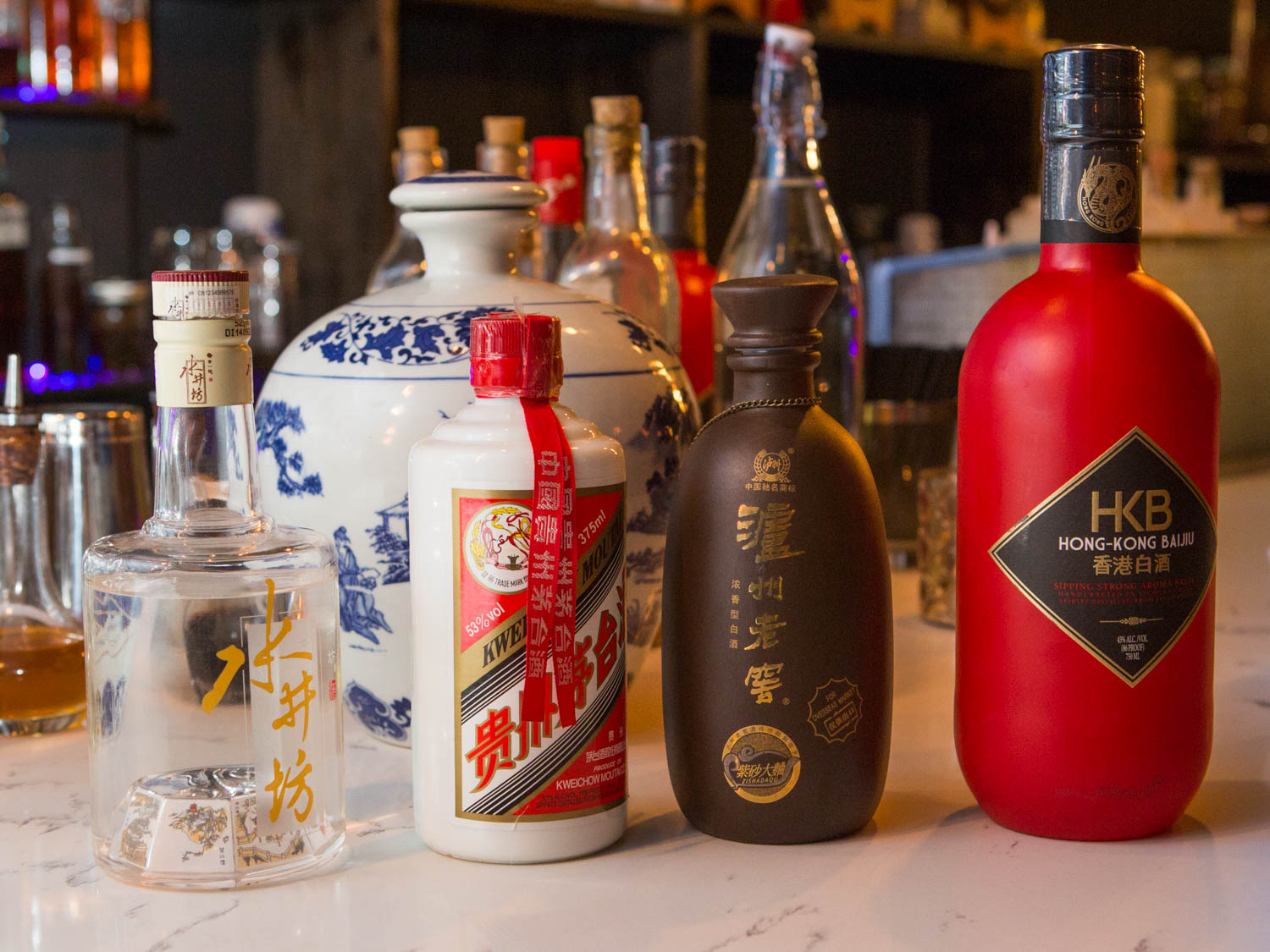The rise of a drinking culture at Chinese social gatherings, along with increased disposable income among younger consumers, are set to drive the Chinese spirits market through a CAGR of 15 percent over 2016-21, according to data released by GlobalData. According to its latest report, the market is expected to reach over $450 billion by 2021 from $205 billion in 2016.
In 2016, the Chinese spirits market held 32.8 percent of the global volume share and 52.3 percent of the Asia-Pacific regional volume share – and it is projected to reach 46.9 percent and 66.2 percent respectively by 2021. The volume of spirits consumption is expected to rise from 8.4 billion litres in 2016 to 16.9 billion litres in 2021, growing at a CAGR of 15 percent.
China’s younger consumer base that drink on social occasions and the country’s increasing number of female drinkers will play a key role in the years to come for the Chinese spirits market. Per capita spirits consumption in the country was pegged at 7.3 litres in 2016, nearly a full litre over the global average of 6.4 litres and 6.2 litres in the Asia-Pacific region. China’s per capita spirits consumption is set to rise to 14.4 litres by 2021, according to the report.
“The country’s GDP has grown at a rate of around 7–8 percent in the last few years, which has increased disposable income, especially in more cosmopolitan urban areas,” explained GlobalData analyst Ryan Whittaker. “With more dispensable income, these Chinese consumers love to spend on social occasions, especially on drink.”
Specialty spirits are Chinese drinkers’ favourite category compared to other sprit types; it accounted for 94.2 percent and 98.2 percent in terms of value and volume respectively in 2016. This large size is caused by the large amount of locally produced and China-specific spirits. The category, worth $193.3 billion in 2016, is set to grow further at 15.1 percent per year, dominating the overall spirits market to 2021. Brandy was second in the market with a 3.9 percent value share and a 0.9 percent volume share, followed by whisky, vodka, gin and genever, tequila and mezcal, liqueurs and rum. Of these trailing category, tequila and mezcal demonstrates the most notable signs of potential growth ahead, according to the report.
“While the tequila and mezcal category is at the bottom in terms of value and volume, it will witness the fastest growth, rising at 21.6 percent over 2016–2021,” added Whittaker.
In 2016, every six in ten spirits consumers were male in China. Consumption was high among consumers with tertiary education, who accounted for 75.6 percent of the total, followed by 17.3 percent consumers with post-secondary education. In terms of geography, spirits consumption is mostly concentrated in urban China with a significant share of 97.5 percent.
“Rural China’s consumption is almost negligible in all categories except Specialty Spirits,” said Whittaker. “As the consumers were mostly from urban areas, hypermarkets and supermarkets emerged as the leading channel for spirits distribution in 2016, with a 54.4 percent share of volumes.”
Beijing Red Star Co. Ltd, Niu Lan Shan Distillery and Jiangsu Yanghe Group Co. Ltd are the market leaders in the spirits sector of China, according to the report.






